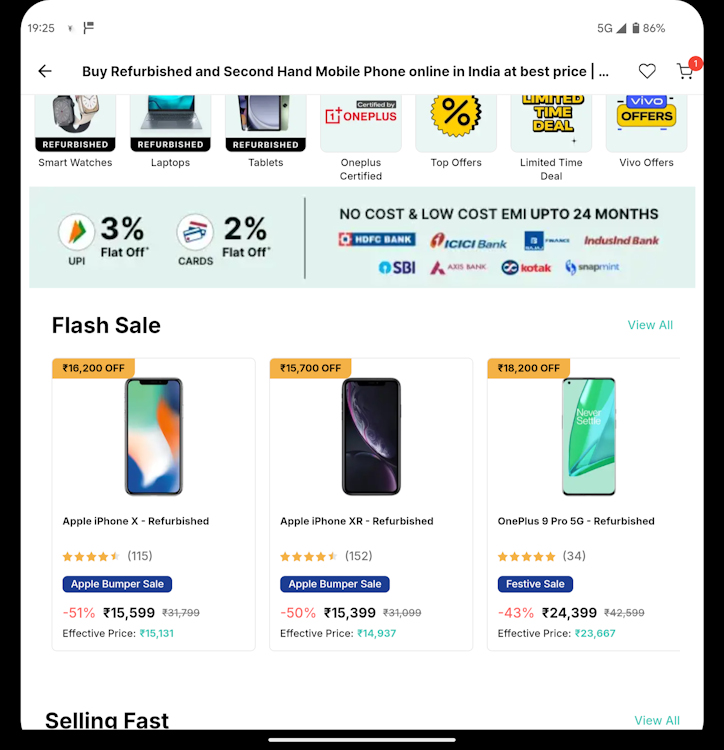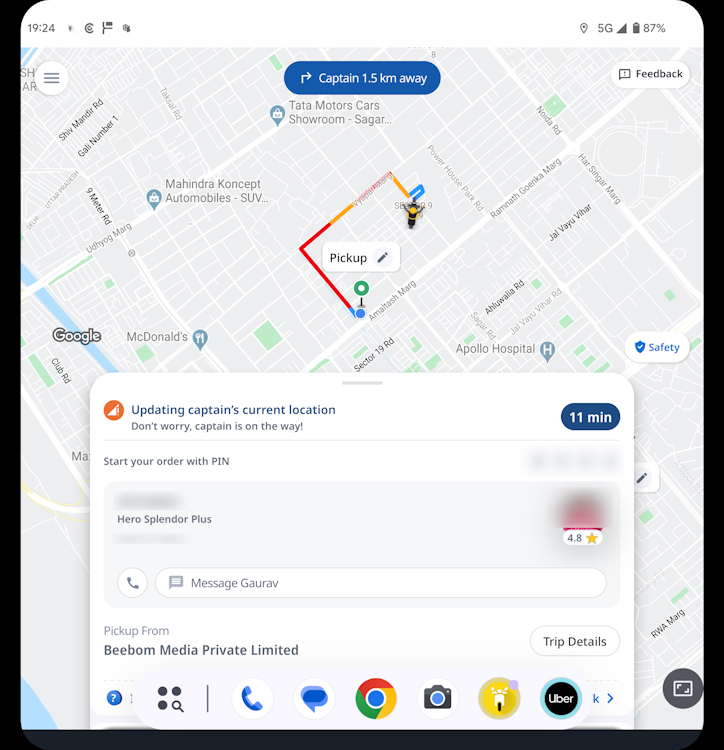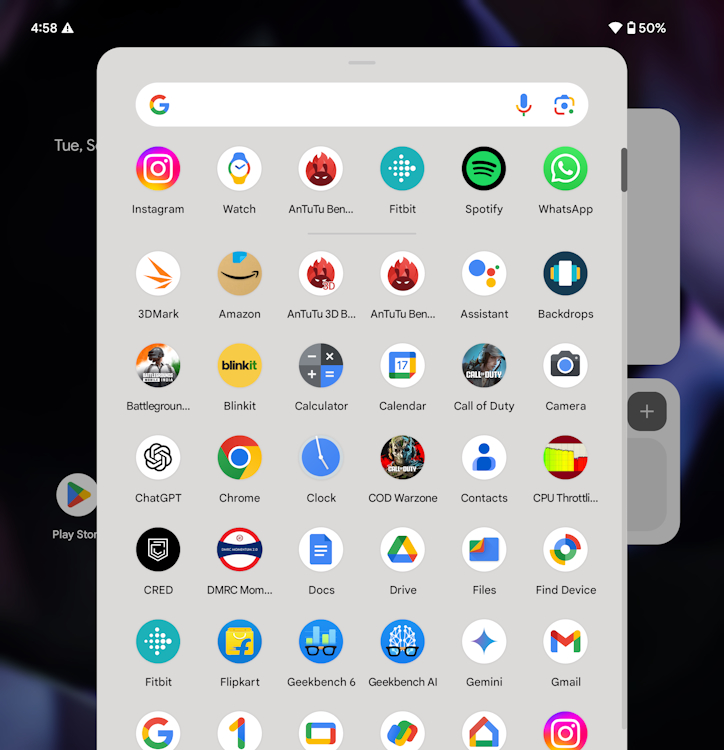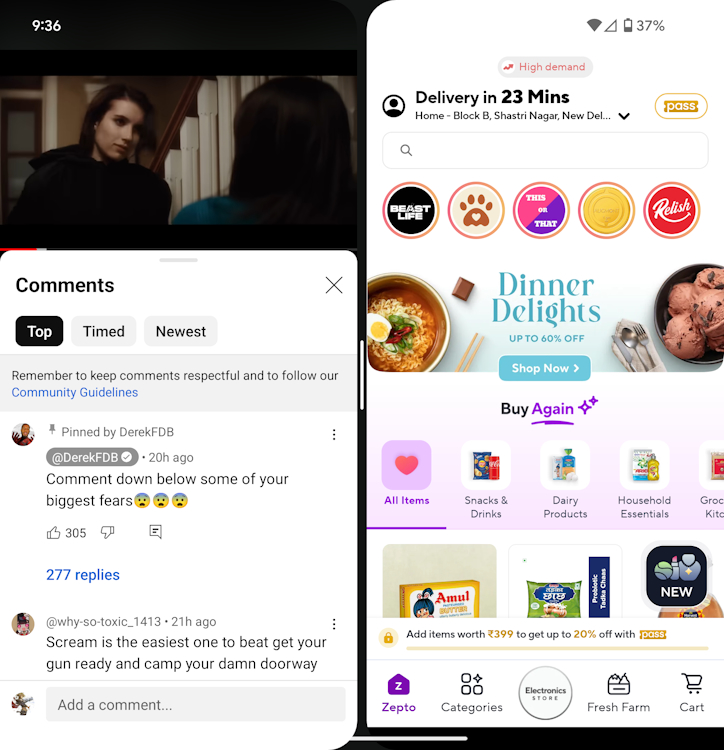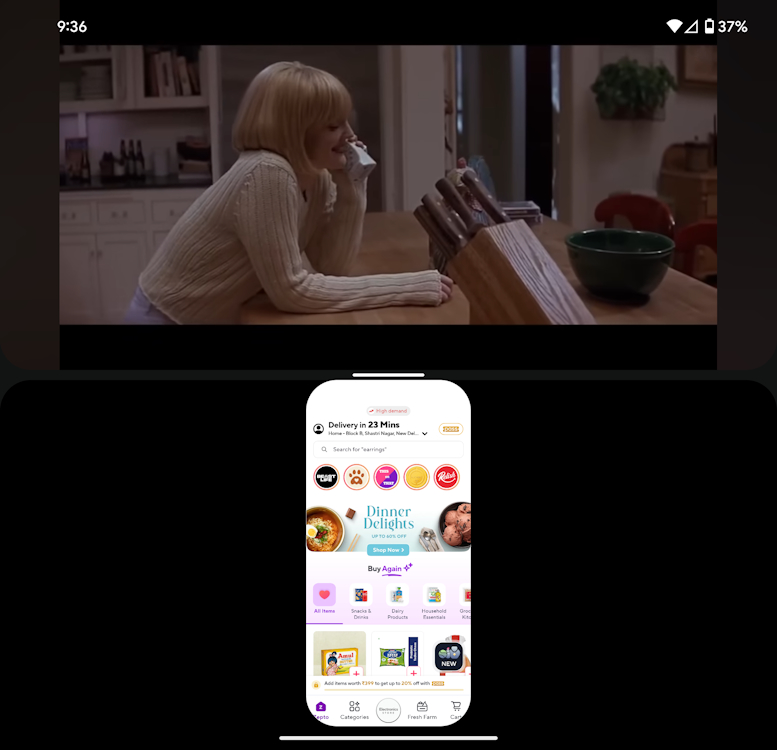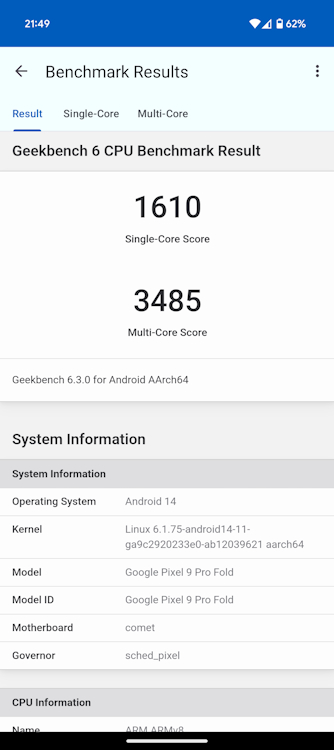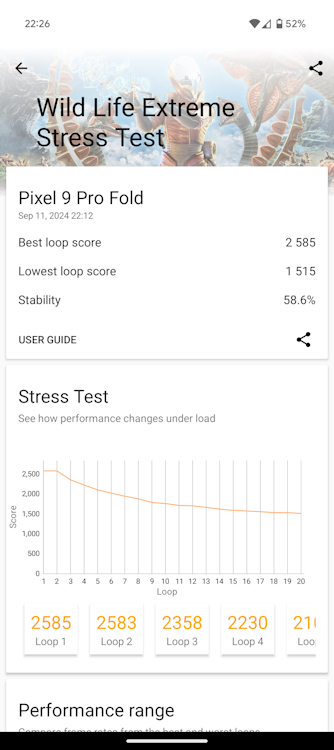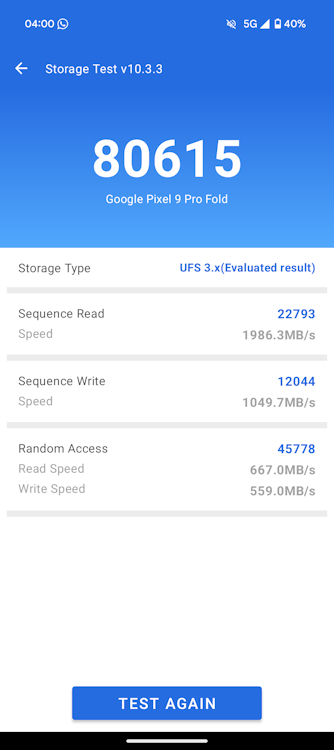The foldable market isn’t going to get any bigger overnight, which is why when we get another device in the category, all eyes are on it. And, the Pixel 9 Pro Fold certainly stole the show when Google’s latest lineup went official. It brings a bunch of improvements over the abysmal first Pixel Fold, which was more of a prototype honestly.
Most importantly, it’s way sleeker and at first glance, probably one of the best foldable designs. But, do you just get a pretty-looking foldable for $1,799, or there’s more to it than meets the crease? Well, I was lucky enough to spend a little over a week with Google’s latest bendy boy. And, well, here’s what I think about it!
Pixel 9 Pro Fold: Specs at a Glance
| Specs | Pixel 9 Pro Fold |
|---|---|
| Dimensions | 155.2 x 77.1 x 10.5 mm (Folded) 155.2 x 150.2 x 5.1 mm (Unfolded) |
| Weight | 257 grams |
| Processor | Google Tensor G4 (4nm) |
| RAM + Storage | 12GB RAM + 512GB UFS 3.1 Storage |
| Display | Main Screen: 8.03-inch 120Hz OLED, 2076 x 2152 pixels, LTPO, 2700 nits Cover Screen: 6.3-inch 120Hz OLED, 1080 x 2424 pixels, 2700 nits |
| Rear Camera | 48MP Primary + 10.5MP Ultra-wide + 10.8MP Telephoto 5x Optical Zoom |
| Front Camera | 10MP (Cover Screen) + 10MP (Main Screen) |
| Video | Up to 4K at 60FPS |
| Dual SIM | Yes; Supports eSIM |
| Connectivity | 30 5G bands, Wi-Fi 7, Bluetooth 5.3, NFC |
| Port | USB Type C |
| Battery | 4,650mAh |
| Charging | 21W fast charging |
| IP Rating | IPX8 |
| Software | Android 14-based Pixel UI |
Pixel 9 Pro Fold: Design and Build
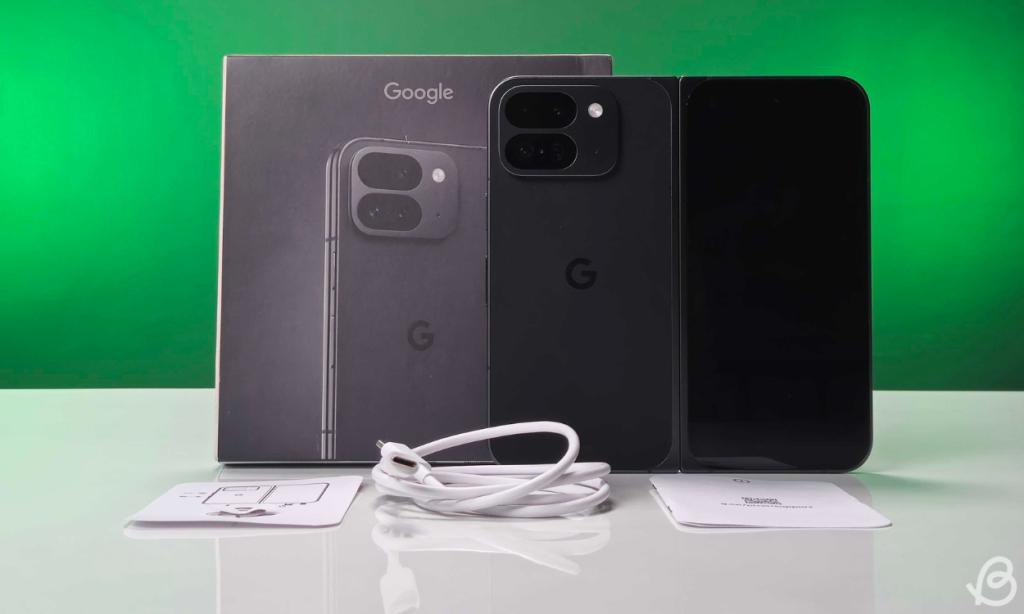
As always, you don’t get much in the Pixel 9 Pro Fold’s box, apart from just a Type-C to Type-C cable and some paperwork alongside the unit. Like the Pixel 9 (review) box, you don’t get the Quick Switch adapter here as well. Also, unlike the other foldables, you don’t get to see a cover inside, which would have been much appreciated.
Talking about the Pixel Fold 2 (oh sorry, Pixel 9 Pro Fold), it instantly felt heavy in my hand. A quick search made me realize that this is the heaviest foldable right now at 257 grams. In comparison, the OnePlus Open and Vivo X Fold 3 Pro weigh 239 grams and 236 grams, respectively. However, it’s cut down on the bulk in comparison to the first Pixel Fold (weighed 283 grams, super close to the triple-foldable Huawei Mate XT Ultimate).
Surprisingly enough, this is easily the thinnest foldableI have used (hope to use the Honor Magic V3 someday). Although it’s slim, due to the heft, it slid out of my pockets so often that I had to shift to pants with zipper pockets.
The in-hand feel is amazing though. I spent a good couple of seconds fondling the phone before inspecting the design closely. Google’s latest Pixel certainly feels super premium, thanks to the aluminum construction. The hinge is made out of aluminum, with a polished and glossy finish to it.
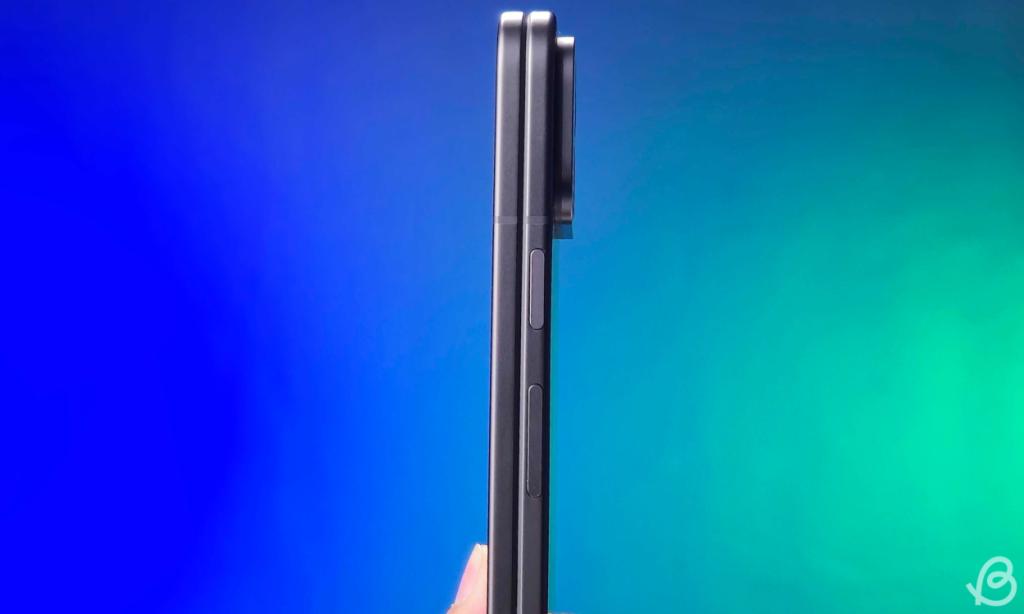
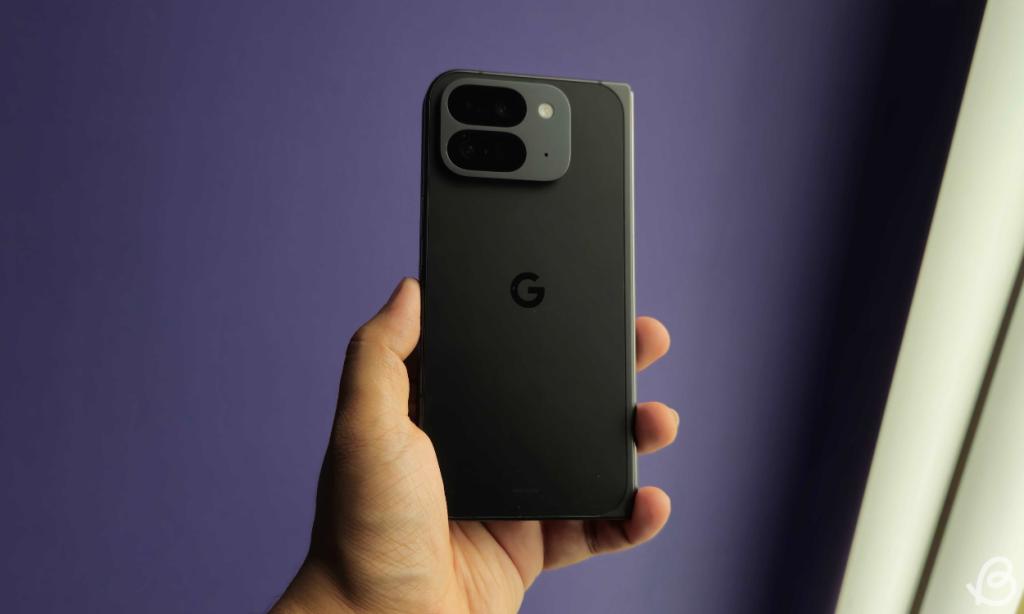


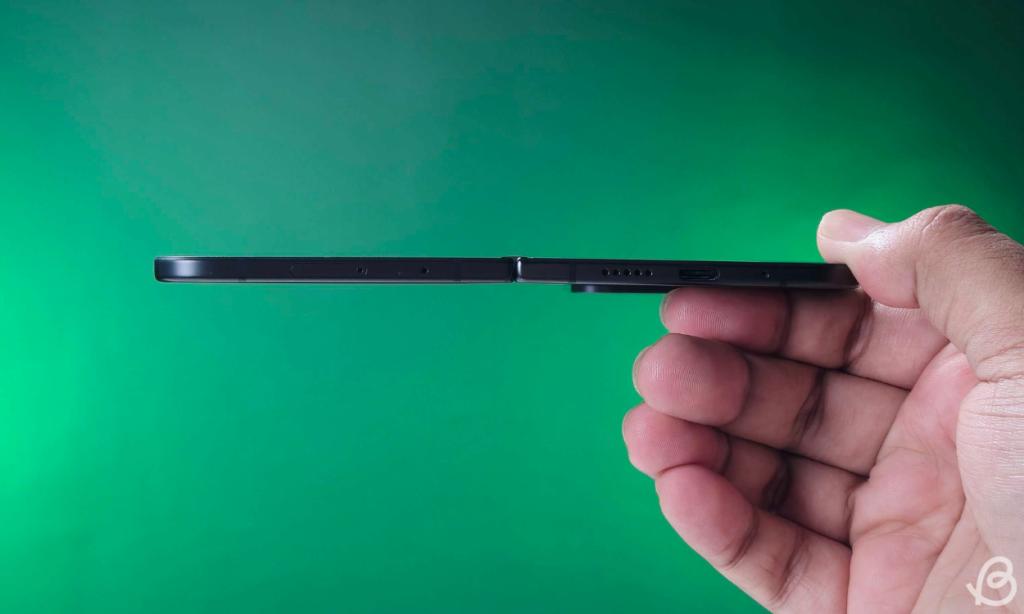
Meanwhile, the rear panel has this satin-like finish that reminded me a lot of the Google Pixel 8 Pro. The camera design is quite nice too. I like that Google didn’t just copy and paste the same Pixel 9 module here. It keeps the phone stable enough on a desk too, so brownie points for that.
However, it’s not easy to get to the inner display, and that’s a big design flaw. I had to really dig in with the nails but gradually got used to prying it open with my fingertips. Still, an engraved texture of sorts to open it easily would have been nice. It opens flat though, which is great.
Also, the volume rocker and power buttons are placed on the right edge, like on the other Pixel phones. That always gets me and I accidentally press the power button instead of the rockers and vice versa. These buttons are also very sensitive and I almost always end up locking the device when gaming or watching content.
The power button doubles down as a side-mounted fingerprint sensor. While it’s responsive and fast, having used the Vivo X Fold 3 Pro’s Ultrasonic in-display sensor, this certainly feels inferior.
Besides, in-display fingerprint sensors on even budget Android phones are faster than this, even if by a bit. Moreover, if your fingers are even slightly wet, the side-mounted will not be able to read it. Google had finally introduced 3D Sonic Gen 2 ultrasonic in-display sensor with the Pixel 9. So, I really hoped that they’d use it on the 9 Pro Fold.
Pixel 9 Pro Fold: Display and Speakers
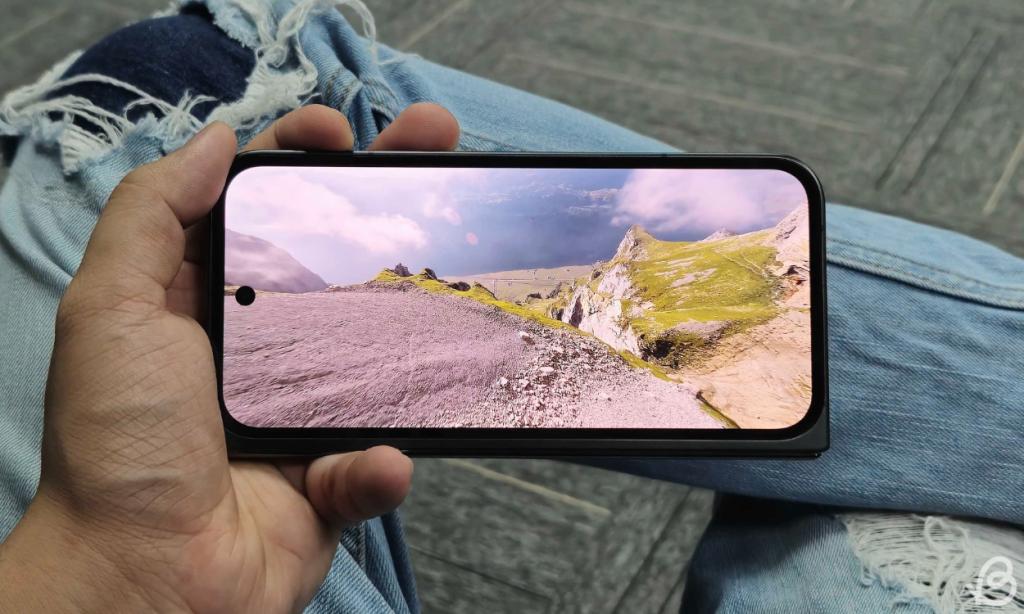
When it comes to the display, the first thing I noticed and liked is the impressive real estate on the cover screen. The 6.3-inch 120Hz OLED “Actua” external display is big and broad enough for you to not feel claustrophobic, unlike the Galaxy Z Fold 6.
Sadly, the Pixel 9 Pro Fold’s cover screen is not LTPO, which seems like a missed opportunity. With a cover screen like this, you will need LTPO, since you’ll be spending most of your time here.
The bezels surrounding the cover screen are not exactly narrow, but neither too thick to look ugly. The leftmost edges also stretch to mimic the look of a diary, like the OnePlus Open, which I like. Gorilla Glass Victus 2 does a good job of protecting the cover screen, as I have bumped it against a bunch of surfaces in my 1 week of using it. I don’t see any major scratches, which is great.
Inside, there’s a big 8.03-inch OLED “Super Actua Flex” 120Hz display, which is basically two Pixel 9s placed side-by-side. It supports LTPO though. The bezels are also thinner than the ones we saw on the first Pixel Fold. So, that’s a relief.
I also noticed that the internal screen is not disturbingly reflective. The good amount of brightness comes in handy too, with our Lux Meter recording it lingering around 2,700 nits. Meanwhile, the cover screen hit 2,850 nits, exceeding Google’s 2,700 nits claim. These levels hold up well on the sunniest of days. I didn’t have any problem viewing the Pixel 9 Pro Fold’s displays outside or even in brightly lit indoor setups.
I really dig the transition animation as well, when you move from the cover screen to the internal display. There’s this expanding and contracting vignette effect that surrounds your content, which looks quite cool. Tabletop mode, aka tent mode, works very well.
The Pixel 9 Pro Fold’s hinge is sturdy enough to hold its ground while I type on the screen slightly tilted for a better view. Besides, it also nicely resizes the keyboard and adjusts the content accordingly, to make good use of the crease in the middle.
However, I noticed something strange. Right out of the box, the Fold’s colors were quite washed out. Turns out, the display defaults to Natural mode, which is the problem. As soon as I set it to Adaptive, those colors finally came to life. But, the second time that I reset it, the Fold had its display set to Adaptive by default. So, that’s something to note.
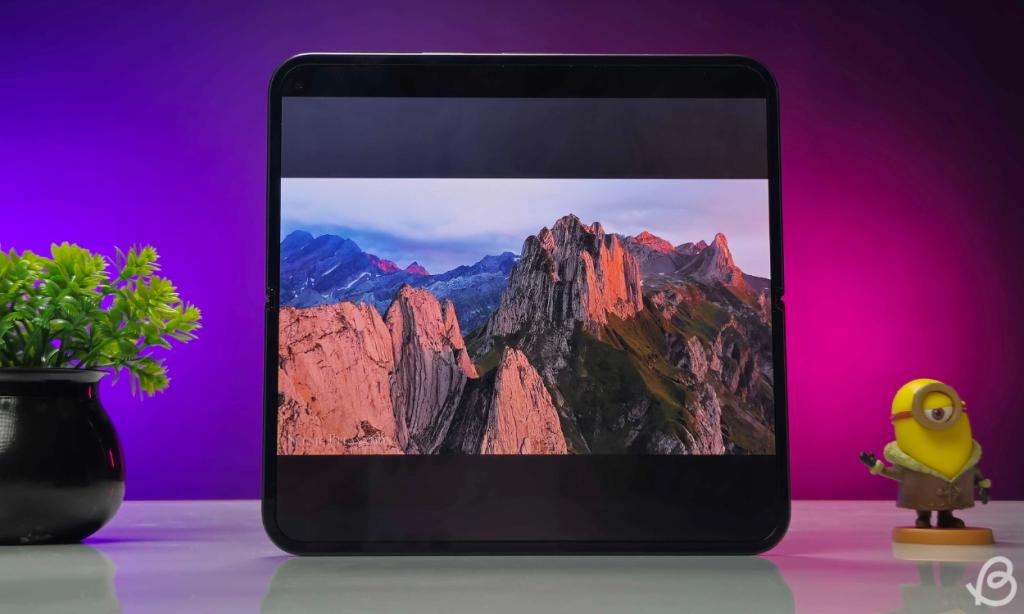
With the display set to Adaptive, the colors were quite good all over. I watched an episode of Fullmetal Alchemist: Brotherhood on Crunchyroll and binge-watched House MD on Amazon Prime, and never had a complaint with the output. From deeper blacks to mostly natural shades, it was quite a good experience.
But, just like on other foldable, the aspect ratio makes viewing content an unpleasant experience. The 1:1 aspect ratio sees thick black bars surrounding and suffocating your content as it somehow holds on in the middle. While you don’t see any rated protection on the internal display, there’s a pre-installed protective film on top that you’re not allowed to scrape off.
However, the entire Pixel 9 lineup uses just 240Hz of PWM Dimming, which is apparently horrible for some users. While I couldn’t notice it, there are a handful of people who can spot the difference and get headaches from it.
For your reference, the Vivo X Fold 3 Pro (first impressions) features 2160Hz of high-frequency PWM Dimming, while the OnePlus Open uses 1440Hz. In a market dominated by advanced hardware, it’s kind of disappointing to see Google use outdated tech, although it doesn’t affect me directly.
The dual-stereo speaker setup is not impressive. While it’s loud and enough to get you through a movie without taking to earbuds, it’s just flat. There’s crackling in higher volumes, with barely any lows or mids. Having used foldables with stellar audio outputs, it just wasn’t it for me.
Pixel 9 Pro Fold: Software Experience
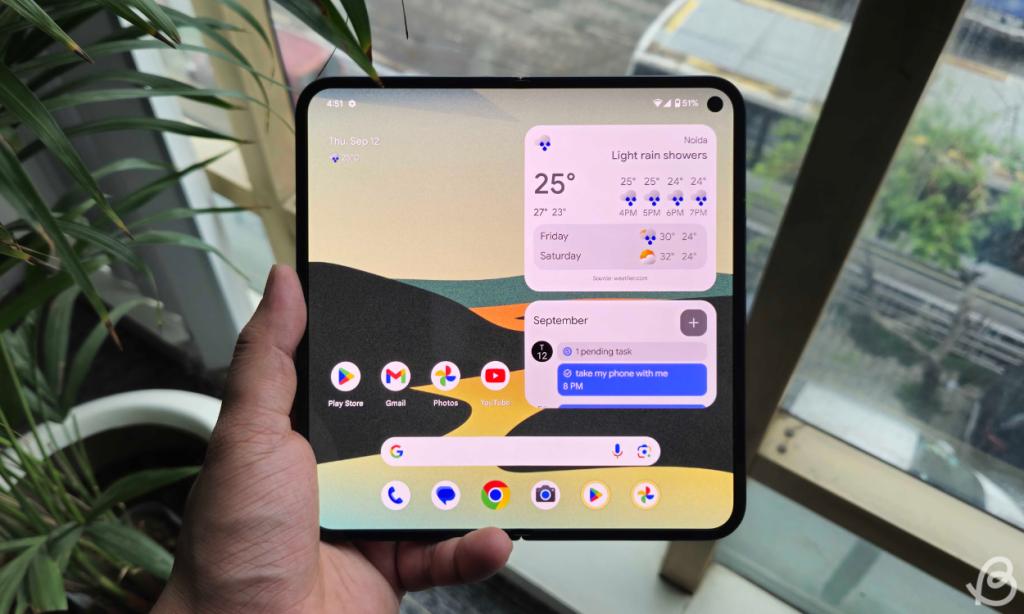
Out of the box, the Pixel 9 Pro Fold runs on Android 14-based Pixel UI. Of course, it’s the neatest foldable software out there. You barely get to see any bloatware, and even some of the essential pre-loaded Google apps like Find Device, Gemini, Lens, and even Assistant can be uninstalled.
You also see those new dedicated AI apps like Pixel Screenshots and Pixel Studio, which are uninstallable. In addition, there are other Pixel 9 AI features like Reimagine in the Magic Editor, Add Me, Auto Frame, and Gemini Live, which are quite nice to have. Oh, you also get a year of free Gemini Advanced alongside 2TB storage with the Google One AI Premium plan.
And, just as you’d expect from a Pixel flagship, the haptic integration is solid in the UI. Most animations are very seamless, making it all the more satisfying to use. There’s also a Taskbar that you can swipe up and hold at the bottom to summon. Or you can choose to “Always show Taskbar”. I prefer the latter since I exited out of apps too many times, and it got annoying after a while.
Moreover, this Taskbar is basically the only thing you get for multitasking on the Pixel 9 Pro Fold. And, it’s quite intuitive, for it lets you easily switch between your recent apps, access the app drawer anywhere, as well as drag and drop apps to create split screens.
But, since this is a Pixel we’re talking about and Google is literally the creator of Android, expectations are bound to go up, right? And, sadly, there are quite a few misses in the software department that you’d not expect from Google.
For starters, when you’re setting up the device, the setup page looks fine on the cover screen. But when I headed into the internal display, the orientation was all over the place. The page couldn’t greet the edges of the main screen. It’s not just during setup though. I noticed this problem with a bunch of other apps; Cashify, Rapido, and OLX being some examples. Some terrible optimization issues here.
Unfolded, the notification layout is not the best, in my opinion. Same goes for the app drawer animation, which appears glitched out as well. The background apps are not even blurred out, which makes it look worse.
When using the split screen, I also realized that a good many apps are not optimized enough for it. As a result, either the apps end up bleeding into the crease in the side-by-side view or are not able to scale up and fill the screen in the top and bottom view. You can’t create a 3-app split screen view either, which would have been a nifty little feature.
The multitasking could also have been better with something like a sidebar. This is a feature the Galaxy Z Fold 6, OnePlus Open, and Vivo X Fold 3 Pro offer. This lets you easily get apps into a floating window, which I really missed on the Pixel 9 Pro Fold.
Since the Android 15 release date is delayed, there was no way for the Pixel 9 Pro Fold to have arrived with it out of the box. This would have allowed users to make the most out of the 7 years of software updates promise. However, there’s no doubt that this and the Galaxy Z Fold 6 will be the most future-proof foldables, thanks to their software update policy.
Pixel 9 Pro Fold: Performance
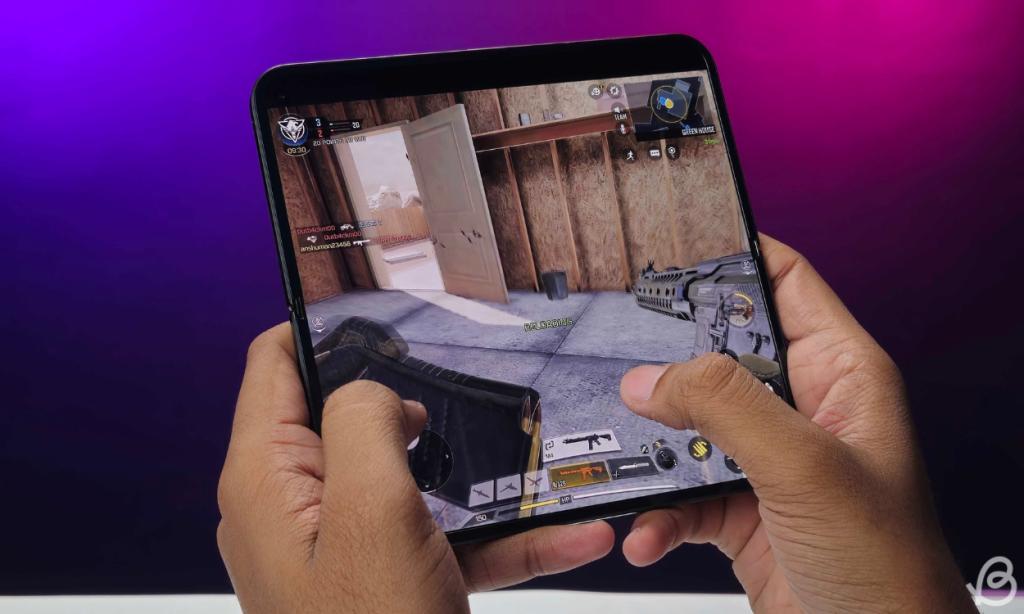
The entire Pixel 9 series doesn’t boost the performance by that much with the Tensor G4 (benchmarks). But, do those numbers directly reflect during daily usage or something more graphic intensive like gaming? I push the Google 9 Pro Fold to some extremes to figure that out. So, let’s dive right in!
Benchmarks
I ran all the essentials and here’s a quick rundown of it all:
These results are obviously not impressive. And, it’s okay, because I don’t expect Tensor chipsets to perform miracles in benchmarks. But, yes, I’d have honestly preferred a UFS 4.0 over the outdated 3.1.
Day-To-Day Usage
While the benchmarks are understandably not impressive, they don’t directly impact the phone’s daily experience. I didn’t face any lags or micro-stutters, and the multitasking (albeit limited) I could do with it worked like a charm. App continuity across the screens is solid, and it didn’t break the flow of my usage.
I had around 15-20 apps running in the background, and I could seamlessly shift between them. RAM management is also good enough and around 75-80% of those apps resume straight away. I also had multiple app pairs in split screen, and I liked that the phone’s memory remembered those pairs and let me resume from where I’d left.
Besides, apart from that one app drawer animation, every nook and cranny of the UI greeted me with snappy animations. Whether I was simply casually browsing through the UI or shuffling between apps, never for once did I feel a stutter.
Surprisingly, neither did the phone get as hot as I expected it to, thanks to my awesome (or not) experience with the Pixel 8a (review). The Pixel 9 lineup may just be the coolest phones Google has produced to date, literally!
However, they do start getting warm when you open the camera app and get some shots in. In my experience, I haven’t seen the Pixel 9 Pro Fold exceed 40 degrees in normal usage, and that’s good. Even in the Noida humidity, it has managed to stay just mostly lukewarm, and that’s a compliment.
Gaming
I also had a decent bit of gaming in, and it’s still far from being the best experience. Just like the Pixel 9 and Pixel 9 Pro XL, the terrible touch sampling rate really gets in the way of gaming, especially in games like CoD Mobile and Warzone Mobile.
So, although you get to see good graphics settings and decent FPS, you still can’t make the most of it. Talking about settings, here’s a rundown of what you can expect from the device:
| Games | Pixel 9 Settings & FPS |
|---|---|
| Genshin Impact | Medium +60FPS (Got 55-60FPS) High +60FPS (Got 45-50FPS) |
| CoD Mobile | Very High + Max (60FPS) Medium+ Ultra (120FPS in Multiplayer/90FPS in Battle Royale) |
| BGMI | Ultra HDR + Ultra Smooth + Extreme (60FPS) |
| Warzone Mobile | Medium Graphics + Uncapped FPS (around 55FPS) High graphics mode not available |
I’m glad that Google has the temps controlled quite nicely this year. Even after almost 1.5 hours of gaming, the temps barely go beyond 40 degrees in an AC environment, which is decent enough. There’s a small area right under the camera module that gets warmer at around 43 degrees than the rest of the rear panel. But, it’s never uncomfortably hot, and I like that a lot.
While there were certain frame drops here and there in more graphic-intensive games like Warzone and Genshin Impact, it wasn’t that major. But yes, no thermal throttling as such is quite nice to finally see on a Pixel phone. Moreover, since we already have that big inner display, I decided to give it a whirl and game on it for a bit.
Well, the aspect ratio really gets in the way. While it’s not a big problem with Genshin Impact, for more competitive ranked lobbies in CoD Mobile and Warzone, your FOV is just too limited and the game looks stretched out as well. Overall, I stuck to the cover screen for gaming.
Google Pixel 9 Pro Fold: Cameras

The Pixel 9 Pro Fold features a camera setup that is very similar to that of the Google Pixel 7. In other words, kind of old and not very impressive as per 2024 standards. I honestly expected it to feature the same setup as the Pixel 9 Pro XL. That would have been fantastic. Anyway, I took the 48MP Quad PD main + 10.5MP Dual PD ultra-wide + 10.8MP Dual PD telephoto sensor out for a spin, and here are the results:
Daytime
Right off the bat, I noticed that the camera UI is intuitive and mostly has everything within a thumb’s reach. However, the sensor switching icons on the left and the capture button, photo preview panel, and front-to-rear camera switcher should have been placed slightly lower, as I have to extend my thumb out a bit to reach them.
The viewfinder preview is also accurate and displays colors as they appear after the image is shot. There are some subtle processing differences, which is understandable. Talking about the day shots themselves, for a second, I genuinely forgot that I was using a Pixel foldable.
The colors are off by a bit on the primary and telephoto sensors, with the ultrawide offering the most natural output. While the primary sensor captures details well, the ultrawide is very grainy and captures noisy shots. You can see the noise show up in the viewfinder itself.
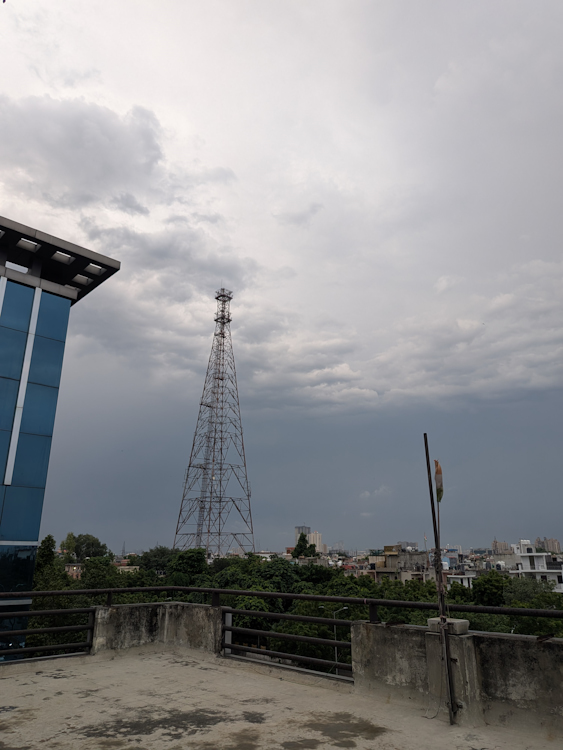

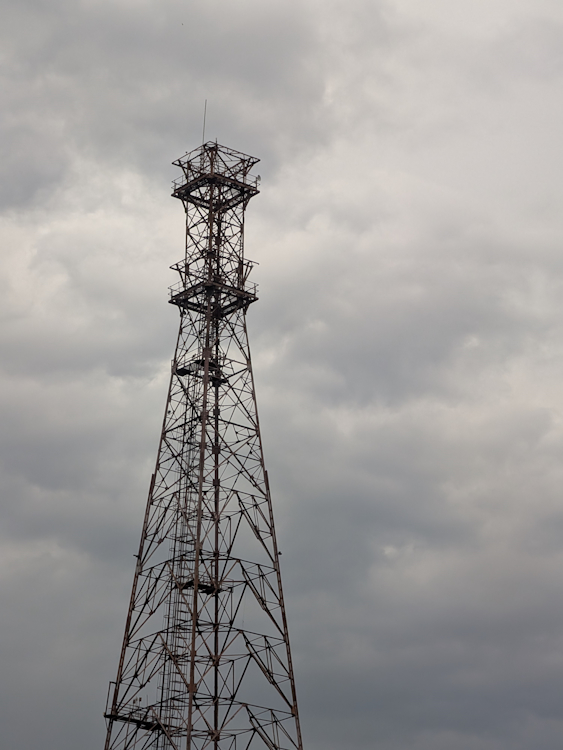


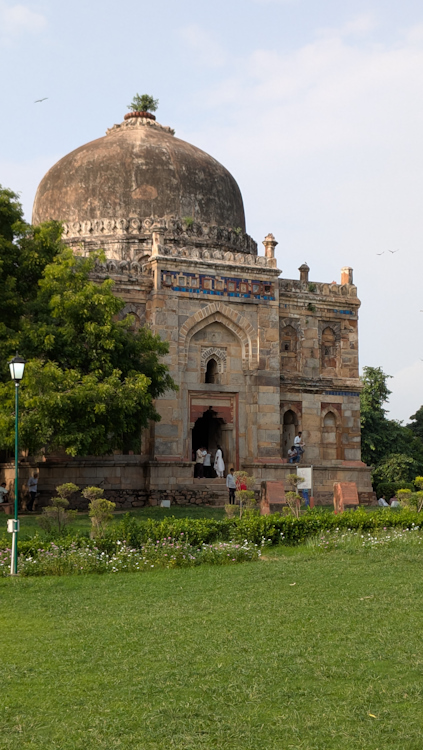
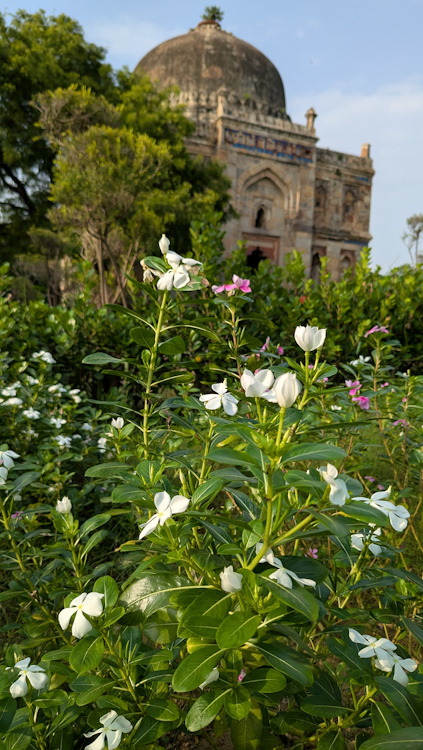

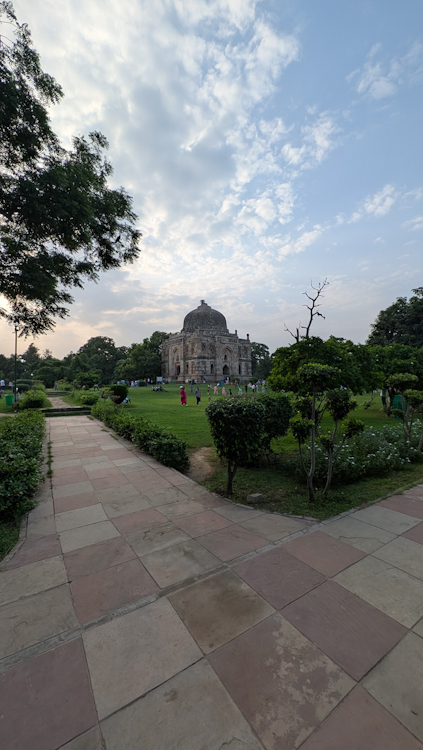
Even the telephoto sensor is not impressive, and there’s some noise, especially during those cloudy days. The shadows and highlights are slightly dull, and you don’t see that good a dynamic range. I was really starting to question the Pixel’s cameras at this point, wondering why Google simply didn’t use the Pixel 9 Pro XL’s cameras instead. There’s also some color disparity between the sensors.
Human portraits are also not the best, and you see some elemental issues with the shots. For example, there is an inconsistency in skin tone processing, and of course, details are not as good. As you zoom in, you will also notice that the edge detection is not all that accurate and has a tough time distinguishing between the subject, foreground, and background.
Night
At night, there’s just too much noise in photos, and they don’t appear aesthetic at all. While the primary sensor still captures some decent shots, the other two sensors visibly struggle. Detail retention is not too bad, although the overpowering noise impacts it quite a bit.
It handles light sources well though, and doesn’t let them blow out. The color disparity is evident in night shots too, and while the ultra-wide and primary sensor capture warmer colors, the telephoto captures pale photos that look lifeless.
The camera processing is also much slower at night, and you will need to keep quite steady to get shots that aren’t as blurry as a steamed-up mirror.
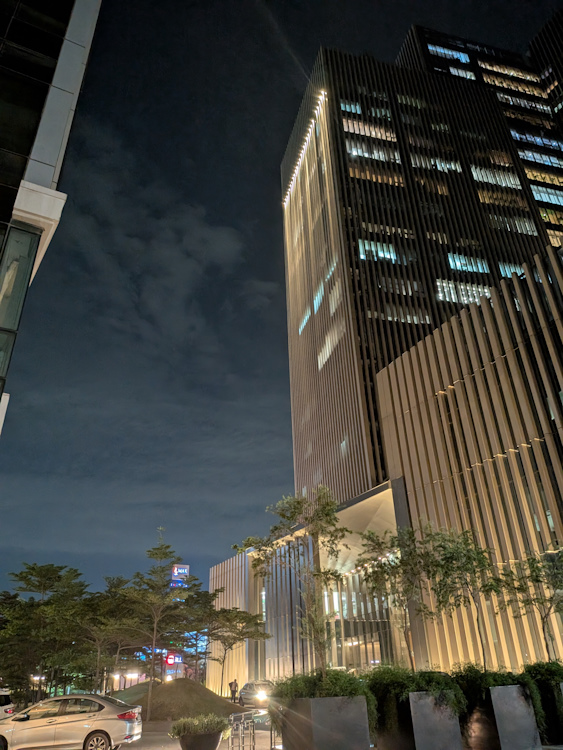
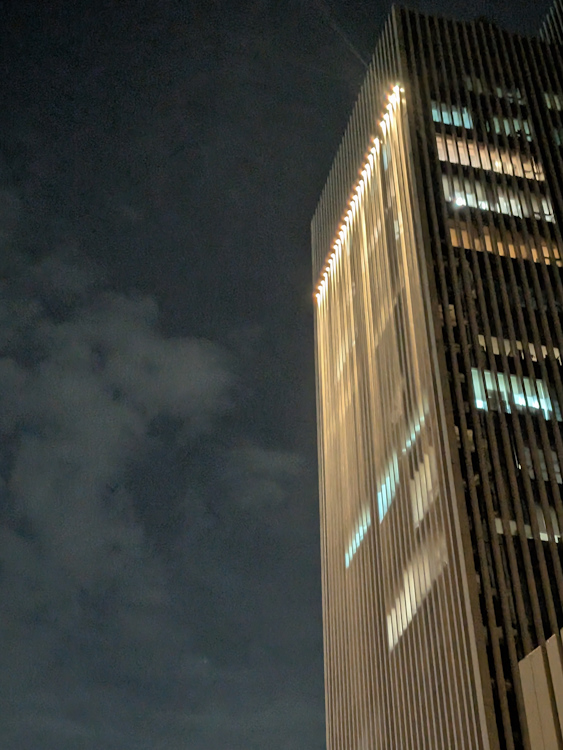

Selfies
When talking about selfies, they really don’t seem like they’ve been captured by a Pixel flagship. They look about as good as shots captured by a Rs 20,000 phone, and that’s quite disappointing. You don’t get to see as many details, and the skin smoothening doesn’t seem pleasant most of the time. At night, it just gets worse, and the result is noisy shots that you probably won’t post anywhere.
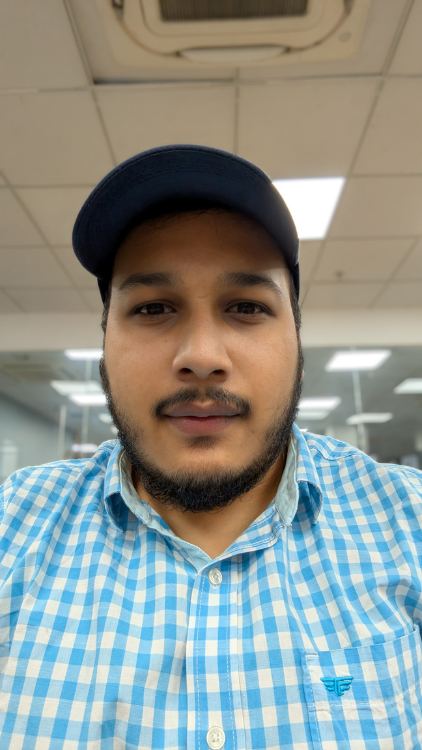
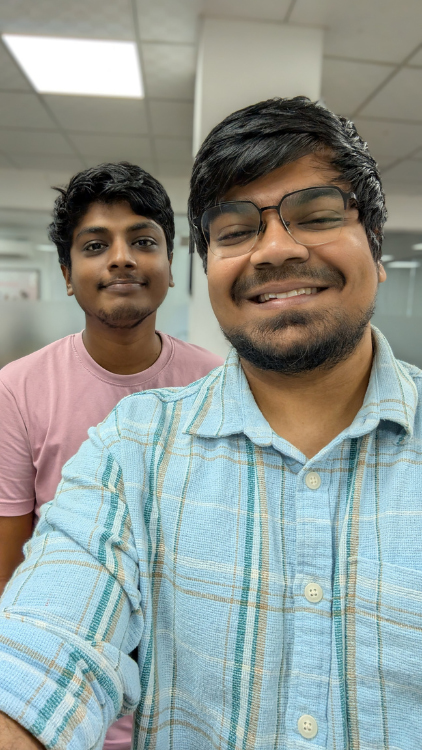

Videos
The Pixel 9 Pro Fold can do up to 4K at 60FPS, which is also backed by OIS. So, the output is rather nice, and you can shift between the sensors with the transition being quite seamless. OIS also works well, and you can see most of those jitters are negated out.
That’s certainly better than the Pixel 9’s video shooting capabilities, as I could see micro shakes during heavy movements. There are no focus hunting issues either, so it’s all good mostly.
Pixel 9 Pro Fold: Battery and Charging

The Pixel 9 Pro Fold’s 4,650mAh battery is quite good and delivers anywhere between 5-6 hours of screen-on-time with normal usage. My normal usage involves scrolling through Instagram, watching a couple of YouTube videos, and playing a bit of CoD Mobile.
Doing almost the same things and more, the Vivo X Fold 3 Pro delivered around 7 hours of SoT, and the OnePlus Open brought around 6 hours of juice to the table. My colleague Anshuman who is a fellow reviewer as well has been using the Galaxy Z Fold 6, and he has been getting around 5.5 hours on it. So, as far as foldable phones go, this is quite good.
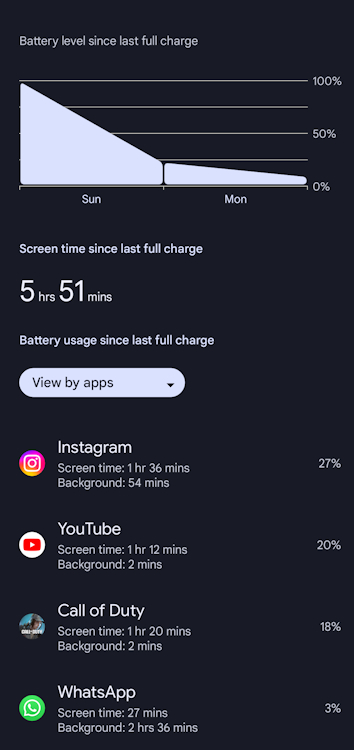
However, I have also noticed that the battery drains a bit faster when I’m relying mostly on 5G. But, it doesn’t go below 5 hours of SoT, which is great. Moreover, LTPO on the internal display definitely comes in handy.
This is because when you’re casually browsing through the UI, simply reading something (unless you scroll), or just have AOD (Always-On Display) turned on, the refresh rate can go down to as low as 1Hz.
Meanwhile, when you’re playing videos on YouTube, the refresh rate can go down to as low as 30Hz. Because of this, when you’re doing all of that on the internal display (which you most likely will), you save quite a bit of juice.
Charging speeds are limited to 21W, and it’s so darn slow (side-eyeing the Z Fold 6 too). It can easily take around 1.5 hours or even more to top off that battery. I’m too used to seeing top-tier foldable charging fully in 30 to 40 minutes, and this just feels heavily outdated. Come on Google, even Apple is taking to faster charging now.
Pixel 9 Pro Fold: Connectivity
I’ve been hearing talks of the Pixel 9 Pro Fold forcing itself to LTE and not delivering optimum 5G speeds. The latter is true, but I haven’t experienced the former yet, except for that one time I was in the office elevator. My room isn’t great at 5G either, especially late into the night, making it the perfect test bed for some 5G speed tests.
At the same time, I had my OnePlus 11R and Vivo X100 Pro with me. So, I ran a test or two, and one thing was for sure – the Pixel 9 Pro Fold still has a long way to go in terms of delivering the best possible speeds. However, it delivers better upload speeds in comparison, which is okay. Take a look:

I haven’t faced any call drops either, which is a good thing, given how bad older Pixels were for phone calls. However, while the Pixel 9 series certainly handles network connectivity better than its predecessors, it still needs improvement to challenge the competition. Not to mention that even a significantly cheaper phone like the OnePlus 11R could deliver more speeds.
Is the Latest Google Foldable Worth It?
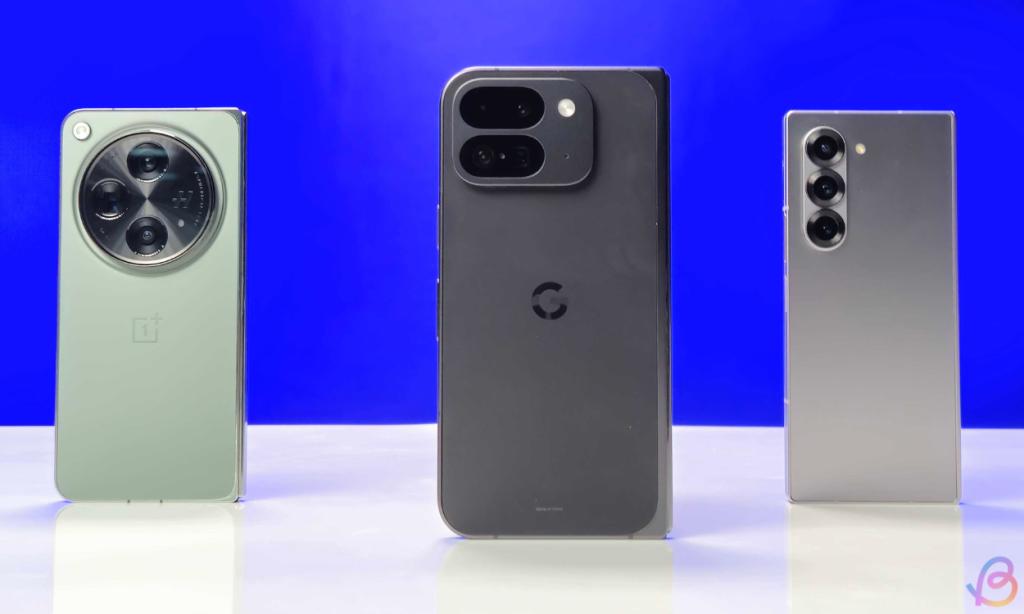
While Pixel 9 Pro Fold looks awesome and is undoubtedly one of the best-looking foldables out there, the hardware holds it back tremendously. The lack of faster charging, LTPO on the cover screen, ultrasonic in-display fingerprint sensor, and a powerful processor is something I can’t digest, given the $1,799 price tag. Not to mention that you also get a camera setup that is a huge letdown to Pixel’s fame for delivering top-notch camera performance.
In the US, the OnePlus Open starts at $1300, which is significantly cheaper and offers a much better price-to-performance ratio. Now, if you want a stellar foldable software experience with top-notch performance and are okay with a narrower but better cover screen, the Galaxy Z Fold 6 is ideal.
While the Galaxy Z Fold 6 is pricier by $100, it justifies its pricing by offering you solid hardware upgrades as well. Besides, if foldables like the Vivo X Fold 3 Pro start launching in the US, it’s just game over for the Pixel 9 Pro Fold, then and there.
I mean, the Pixel 9 Pro Fold is supposed to be Google’s meanest foldable. While it does give you a solid design, a big and bright internal screen, good battery backup as well as quite a few useful AI features, it’s just not enough.
On top of it, while software is one of Pixel’s strong points, the unfinished mess of a skin on the Fold takes that away as well. It does get 7 years of software updates, but I don’t know how long this device will be viable, thanks to those miserly specifications. I do applaud Google for outdoing themselves, but honestly, this is far from being the best foldable to buy right now.
Call Of Duty Black Ops 6 Release Date And Time (Countdown Timer)
Today’s Wordle Answer And Hints (October 12, 2024)
Nvidia Releases Nemotron 70B Model; Claims To Beat GPT-4o And Claude 3.5 Sonnet




